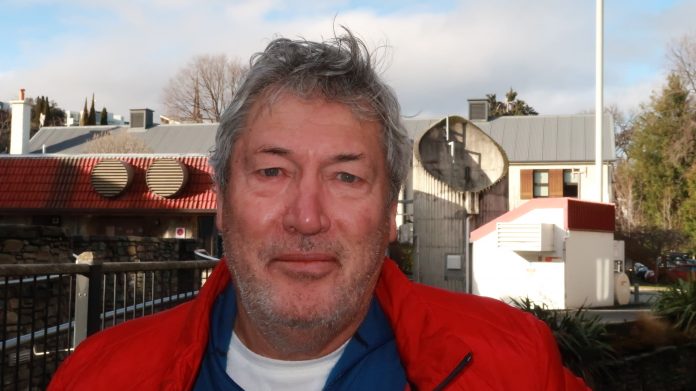It takes at least five years’ planning to build a new general hospital.
We should have started planning for that yesterday, given, within five years, the Queenstown-Lakes — the fastest-growing region in New Zealand — will have a growth rate of 40%.
That equates to another 35,000 people in our immediate area by 2027, on top of the 25,000-odd already here, and another 15,000 in the Upper Clutha.
With current tourist numbers, there are an extra 50,000 people visiting the area on any given day.
This is expected to rise to between 60,000 to 90,000 people over the next five to 10 years, given conservative growth numbers.
In five years, on any given day, there will be 150,000 people who are a two-and-a-half-to-three hours’ drive from secondary specialist emergency care.
To put this in context, Taupo, a resort town of 25,000 with minimal growth, has its own hospital and is a one-hour drive from a full-service emergency care hospital in Rotorua, and a one-and-a-quarter hour drive from a tertiary centre, namely Waikato.
Masterton Hospital, in a town of 28,000 people, and a surrounding area population of 30,000 people, is a one-hour-15-minute drive to Wellington Hospital.
Yet Masterton has a full-service emergency care specialist hospital serving its region.
An even more glaring example of inequities in health is Thames, which has a population of 8000, yet has a full-service hospital and is a one-hour drive from Waikato Hospital, the largest hospital in NZ.
The points I am making are in no way intended to reflect on the high quality of care from our current hospital staff.
It is intended to provide them with a high-quality facility to work from in future.
We are currently putting children, birthing mothers, trauma victims, heart attack patients and stroke patients into an ambulance or a helicopter flight at all hours of the day and night and hoping for the best outcomes.
To give you some clinical context of advanced trauma care, a child who falls off their mountain bike and complains of broken bones and abdominal pain should have a CT scan, assessment by a trauma surgeon and management with blood transfusion and emergency surgery within one hour of the injury, or they risk dying in a helicopter or ambulance.
A patient who has a stroke requires an MRI scan immediately symptoms appear, and, if this stroke is caused by occlusion in the brain, they require immediate catheterisation and clot-busting infusions.
Otherwise they will die of a stroke or be permanently disabled, whereas there is a good chance they could recover completely.
These are but two examples of many I can give of patients that need to be treated by a team of specialist doctors, orthopaedic specialists, radiologists and anaesthetists, general surgeons and emergency care nurses.
People in our immediate area are dying or are having permanent disabilities as a result of inadequate high-quality hospital care.
We talk about high-value tourism, but the very idea of attracting high-value tourists and inviting them to risk life and limb in our adventure capital of the world looks very bad when injured tourists are given the address of the nearest hospital for urgent treatment, which is a three-hour drive away.
We have instances of high-quality conferences who now ask what are the coronary care and acute care services available for their delegates.
A recent conference that was due to be scheduled by Harvard University was cancelled when they realised how distant we were from a full-service specialist hospital.
The situation will only get worse unless a build commences as soon as possible.
We can see that trusting the government with your health is not a good option.
A solution needs to be worked up, locally, with some urgency.
John Harman is a former trauma and breast cancer surgeon, who lives in Queenstown




